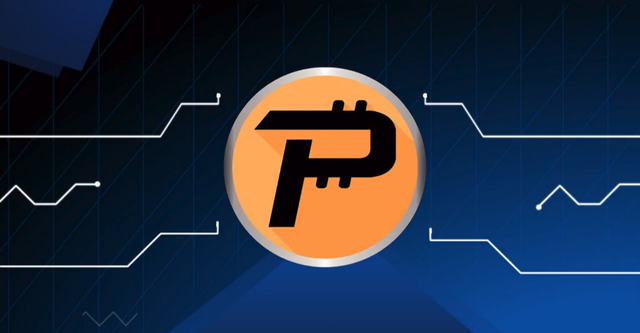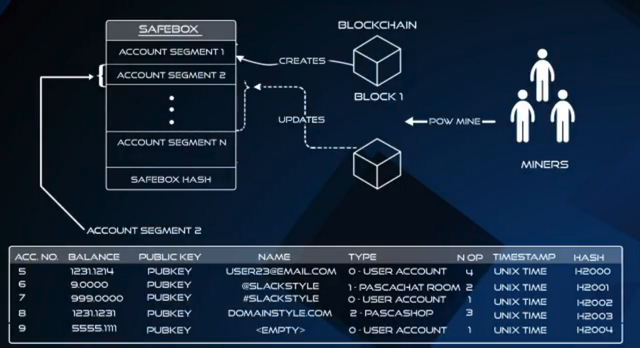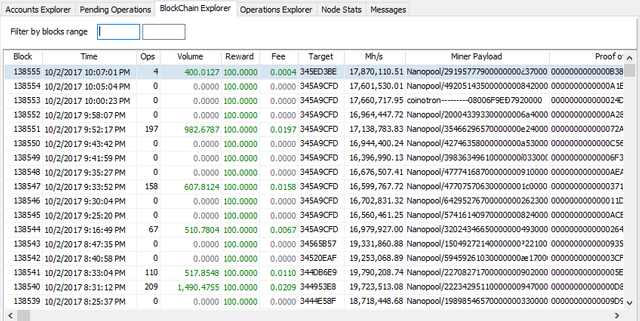Introduction to Pascal cryptocurrency

Many remember when Pascalcoin (PASC) was added to the Poloniex Exchange in early January 2016. After the cryptocurrency was opened for trading, the coin shot up in the charts in volume and price for days on end, before finally beginning its correctional descent. Despite this, few actually know what the capabilities of Pascalcoin actually are. Named “Pascalcoin” for the language it was written with, the cryptocurrency boasts over 100 transactions per second on the main chain, as well as fast, simple transactions. With Bitcoin’s current maximum 7 txns/sec, and Ethereum’s 15 txns/sec, Pascalcoin is ahead of the game in terms of Visa-level throughput.
But the technology that sets Pascal apart from all other cryptocurrencies readily available, is the coin’s “SafeBox” technology. While Pascal still utilizes a blockchain for transactions, proof-of-work, and an immutable ledger, the Pascal SafeBox allows the chain to be “snapshotted” and later deleted, to free up space. How this works is the SafeBox saves balance information from Pascal accounts every 100 blocks, and archives it. From the archive, users can easily sync new wallets and software with the Pascal blockchain within minutes. Instead of downloading the entire chain, they only need to receive the account balance data from the SafeBox, and the remaining blocks on the chain, which will always be at most 100. Because of the SafeBox, infinite scaling of the chain is already integrated with the ability to continuously save snapshots while keeping the local blockchain free of extra bloat.

Another idea Pascal tackles differently than other cryptocurrency is account and address information. While many standard chains require long hashes of numbers and letters for identifying an address in the ledger (Bitcoin, Ethereum, Monero, etc), Pascal utilizes short numerical addresses, allowing for easy memorization and transaction verification. Because of this, addresses aren’t able to be created on a whim, thus reducing bloat on the ledger. Accounts are created and awarded to miners as the chain continues. Because of this, accounts do not bloat the chain, and are available for miners to sell or give away via a built-in marketplace in the Pascalcoin wallet. The marketplace can handle address numbers, accounts, domains registered with Pascalcoin. Along with the built-in marketplace, the official Pascalcoin wallet also includes a real-time Blockchain explorer, active node statistics, an encrypted messaging protocol, and an account explorer.

While many other cryptocurrencies attempt to push the boundaries of the blockchain capability, Pascalcoin re-invents a new system for how the Blockchain is handled, operated on, and saved using its revolutionary Safebox. For a coin that has only been around for 1 year, the development team has made great strides to ensure Pascalcoin is unique and functional. More additions are planned for Pascalcoin, according to the official roadmap. Implementation goals include features such as private transactions, multi-signature accounts, 0 confirmation double-spend protection, and mobile wallets. PascalCoin is currently trading on Poloniex Exchange.
Safebox and Logo images used from Official Pascal Coin informational video
For more information and how to get PascalCoin, visit http://pascalcoin.org
Official LinksDiscord: https://discord.gg/8yqftqF
Telegram official channel: https://t.me/pascalcoinofficial
Twitter official account: https://twitter.com/PascalCoin
Reddit: www.reddit.com/r/pascalcoin/
Medium -PascalCoin: www.medium.com/@pascalcoinmktg
Hi! I am a robot. I just upvoted you! I found similar content that readers might be interested in:
http://www.ethereumwiki.com/altcoins/an-introduction-to-pascal-coin/
Coins mentioned in post: